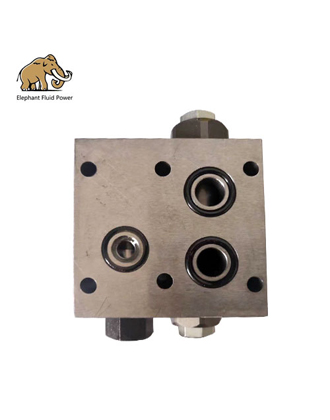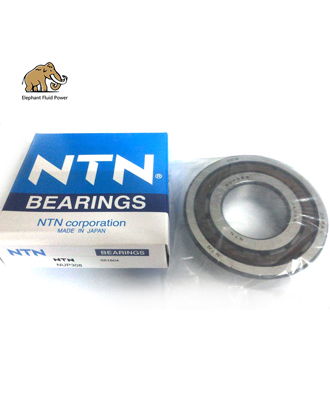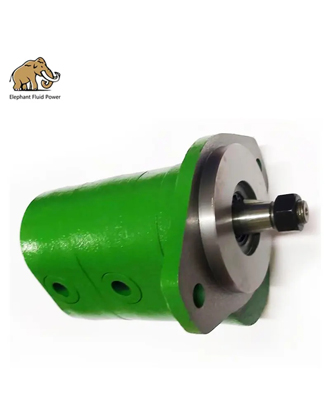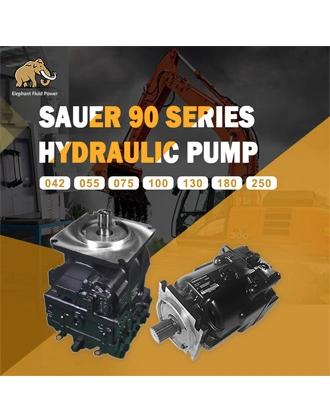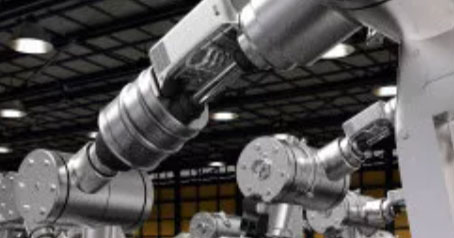Introduction to directional control valve
Manual directional valve has two or more flow modes and more than two oil ports. It is a valve that implements hydraulic oil flow interconnection, cut-off and reversal, as well as pressure unloading and sequential action control. It can be divided into manual directional valve, electromagnetic change-over valve, electric-hydraulic change-over valve, etc. Also known as Chris valve, it has multi-directional adjustable channels and can timely change the direction of fluid flow. This manual directional valve has a wide range of applications in petroleum and chemical production, and is more commonly used in synthetic ammonia production systems. In addition, the change-over valve can also be made into a valve flap structure, mainly used for low flow occasions.
Characteristics of directional control valve
Manual directional valve has ultra-high pressure, small size, light weight, and compact structure. It is easy to operate and has strong versatility. The change-over valve (also known as a three-way gate valve) can be made of stainless steel or carbon steel and the transmission mode can be manual, pneumatic, or electric. The change-over valve can be used under normal pressure and also under pressure less than 0.1Mpa. It is used in the process of free-fall of bulk solid materials, switching from the main conveying pipe to the branch pipe, and is installed under the hopper in the case of gravity feed. It is usually used for bulk powders and granular materials and can also be installed on the chute.
Directional control valve uses precision processed sealing structure to effectively prevent material leakage to the closed side. The sealing elements of the change-over valve are very tight and it is almost impossible for internal leakage to occur. It can be used in chemical, food, power, and construction materials, etc. It is widely used in industry. We design and manufacture different types of change-over valves for users based on the material characteristics of different industries. There are four control modes for change-over valves, namely handwheel, chain wheel, motor resistance, and cylinder. The flange shape is circular or square.
The change-over valve, also known as the diverter valve or switch valve, is used in the powder material dilute phase pneumatic conveying systems (air conveying systems) of the chemical, food, and grain industries. It mainly transports ABS plastic particles, grains, flour, and private chat and other materials that have low abrasion and low hardness. During transportation, the deviation of the valve core is used to switch the material so that the material flows into the designated storage area or enters the tanker. The manual directional valve is used in pressure conveying occasions, with a pressure less than 0.1Mpa, and is generally installed on the air conveying pipeline.
 French
French
 Portuguese
Portuguese
 Russian
Russian
 German
German
 Spanish
Spanish
 Japanese
Japanese
 Korean
Korean
 Irish
Irish
 Greek
Greek
 Turkish
Turkish
 Italian
Italian
 Danish
Danish
 Romanian
Romanian
 Indonesian
Indonesian
 Czech
Czech
 Afrikaans
Afrikaans
 Swedish
Swedish
 Polish
Polish
 Basque
Basque
 Catalan
Catalan
 Esperanto
Esperanto
 Hindi
Hindi
 Lao
Lao
 Albanian
Albanian
 Amharic
Amharic
 Armenian
Armenian
 Azerbaijani
Azerbaijani
 Belarusian
Belarusian
 Bengali
Bengali
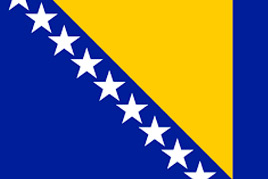 Bosnian
Bosnian
 Bulgarian
Bulgarian
 Cebuano
Cebuano
 Chichewa
Chichewa
 Corsican
Corsican
 Croatian
Croatian
 Dutch
Dutch
 Estonian
Estonian
 Filipino
Filipino
 Finnish
Finnish
 Frisian
Frisian
 Galician
Galician
 Georgian
Georgian
 Gujarati
Gujarati
 Haitian
Haitian
 Hausa
Hausa
 Hawaiian
Hawaiian
 Hebrew
Hebrew
 Hmong
Hmong
 Hungarian
Hungarian
 Icelandic
Icelandic
 Igbo
Igbo
 Javanese
Javanese
 Kannada
Kannada
 Kazakh
Kazakh
 Khmer
Khmer
 Kurdish
Kurdish
 Kyrgyz
Kyrgyz
 Latin
Latin
 Latvian
Latvian
 Lithuanian
Lithuanian
 Luxembourg
Luxembourg
 Macedoniar
Macedoniar
 Malagasy
Malagasy
 Malay
Malay
 Malayalam
Malayalam
 Maltese
Maltese
 Maori
Maori
 Marathi
Marathi
 Mongolian
Mongolian
 Burmese
Burmese
 Nepali
Nepali
 Norwegian
Norwegian
 Pashto
Pashto
 Persian
Persian
 Punjabi
Punjabi
 Serbian
Serbian
 Sesotho
Sesotho
 Sinhala
Sinhala
 Slovak
Slovak
 Slovenian
Slovenian
 Somali
Somali
 Samoan
Samoan
 Scots Gaelic
Scots Gaelic
 Shona
Shona
 Sindhi
Sindhi
 Sundanese
Sundanese
 Swahili
Swahili
 Tajik
Tajik
 Tamil
Tamil
 Telugu
Telugu
 Thai
Thai
 Ukrainian
Ukrainian
 Urdu
Urdu
 Uzbek
Uzbek
 Vietnamese
Vietnamese
 Welsh
Welsh
 Xhosa
Xhosa
 Yiddish
Yiddish
 Yoruba
Yoruba
 Zulu
Zulu

